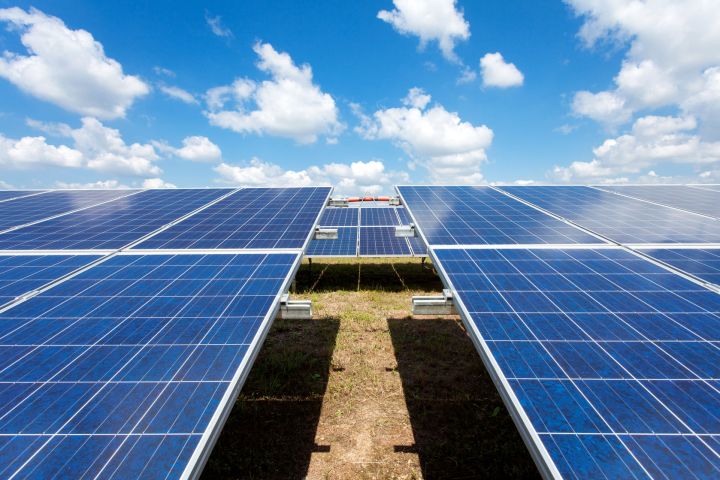
The solar energy plant plans are ambitious and on a fast timeline. The Ukraine government is currently negotiating with four Canadian energy firms and two U.S. investment companies, according to the Ukraine’s ecology minister, Ostap Semerak. The government is pushing for a six-month construction schedule to build a 1GWh solar plant. It would be the largest in the world if it were completed today — others of similar capacity are already in planning stages elsewhere.
Because Chernobyl was a site for energy production in its former capacity, transmission lines already exist. “The Chernobyl site has really good potential for renewable energy,” Semerak said. “We already have high-voltage transmission lines that were previously used for the nuclear stations, the land is very cheap and we have many people trained to work at power plants.”
As long as environmental and banking concerns are addressed, the European Bank for Reconstruction and Development indicated it would be interested in participating.
After the 1986 Chernobyl meltdown, 31 reactor staff and emergency workers died, and the total rose to 64 deaths attributed to the disaster by 2008. Estimates of the eventual total deaths by cancer from excess radiation exposure during and in the aftermath of the meltdown range from 4,000 by the Chernobyl Forum to 100,000 by Greenpeace. While about 700 people still live in small villages in the area, which previously was home to 14,000, the city, and the area around it are like a ghost town.
With a fast track timetable once the project begins — if it does — Electrek raised a valid concern about whether workers involved in the solar plant construction would have to wear radiation suits and if they’d have shortened work days and weeks to limit exposure.



